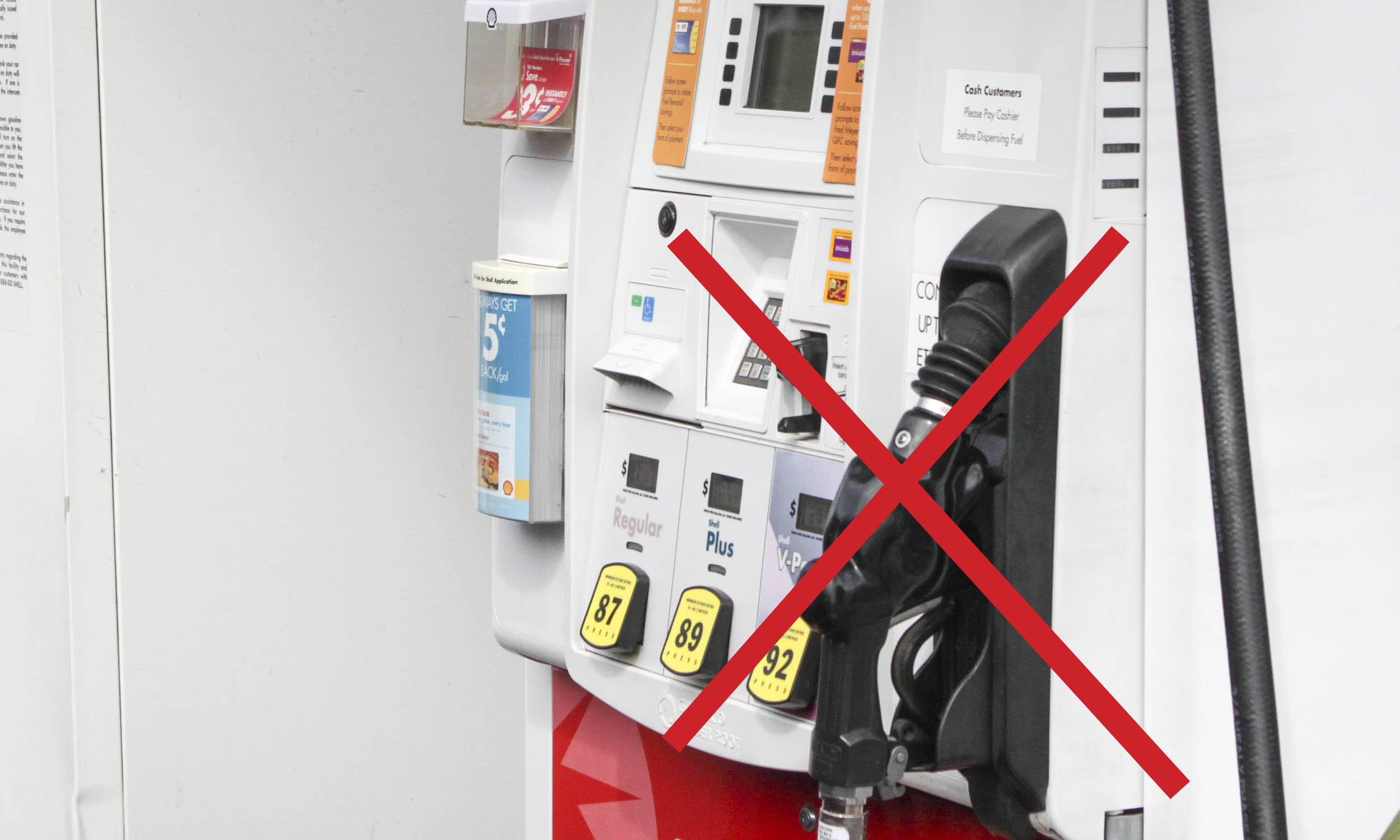
If you own a car and are among the 99 percent of Americans not driving an electric vehicle, you likely spend a considerable amount of time and money at the fuel pump. And unless you plan to purchase an electric car, this continued fuel consumption is not going to stop — even Toyota Prius owners need to fill up occasionally. However, there are some easy things to do, as well as habits to change, that will at least make your trips to the gas station less frequent. So not only will you be using less of the planet’s finite gas reserves, you’ll be spending less cash, too.
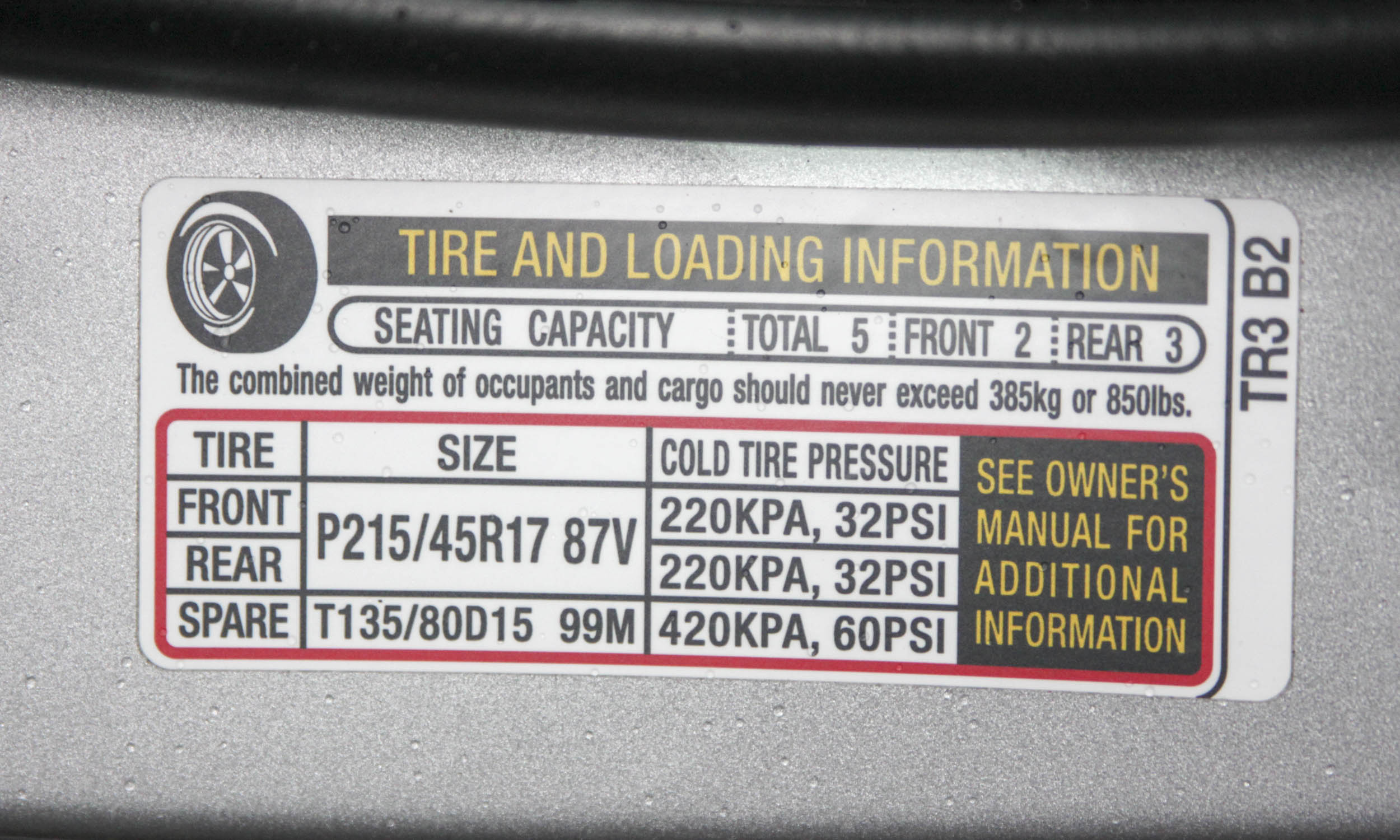
Make sure your car’s tires are inflated to the proper pressure. Don’t use the maximum-pressure number on the tire sidewall, look for the sticker or plaque on the driver’s side door jamb – these will show you the correct inflation numbers for your vehicle. According to the U.S. Department of Energy, underinflated tires can lower gas mileage by 0.3 percent for every 1 PSI that a tire is below its optimal pressure. In addition to the fuel savings, properly inflated tires are safer and will increase tread life.

If you’re hiking with a heavy backpack, you’re going to run out of energy a lot sooner than if you’re carrying a light daypack. The same reasoning applies to your car. If you’re carrying around a 50-pound bag of dog food, the pile of books you keep forgetting to return to the library or your pristine collection of every print edition of the Weekly World News (BatBoy Lives!), your car has to work a lot harder, and therefore uses fuel more rapidy. According to the DOE, every 100 pounds can drop fuel economy by 1 percent. So clean out the trunk, removing anything you don’t need in there (best to keep the spare tire and jack, though), and you may find that your car actually has better performance as well as improved fuel economy.
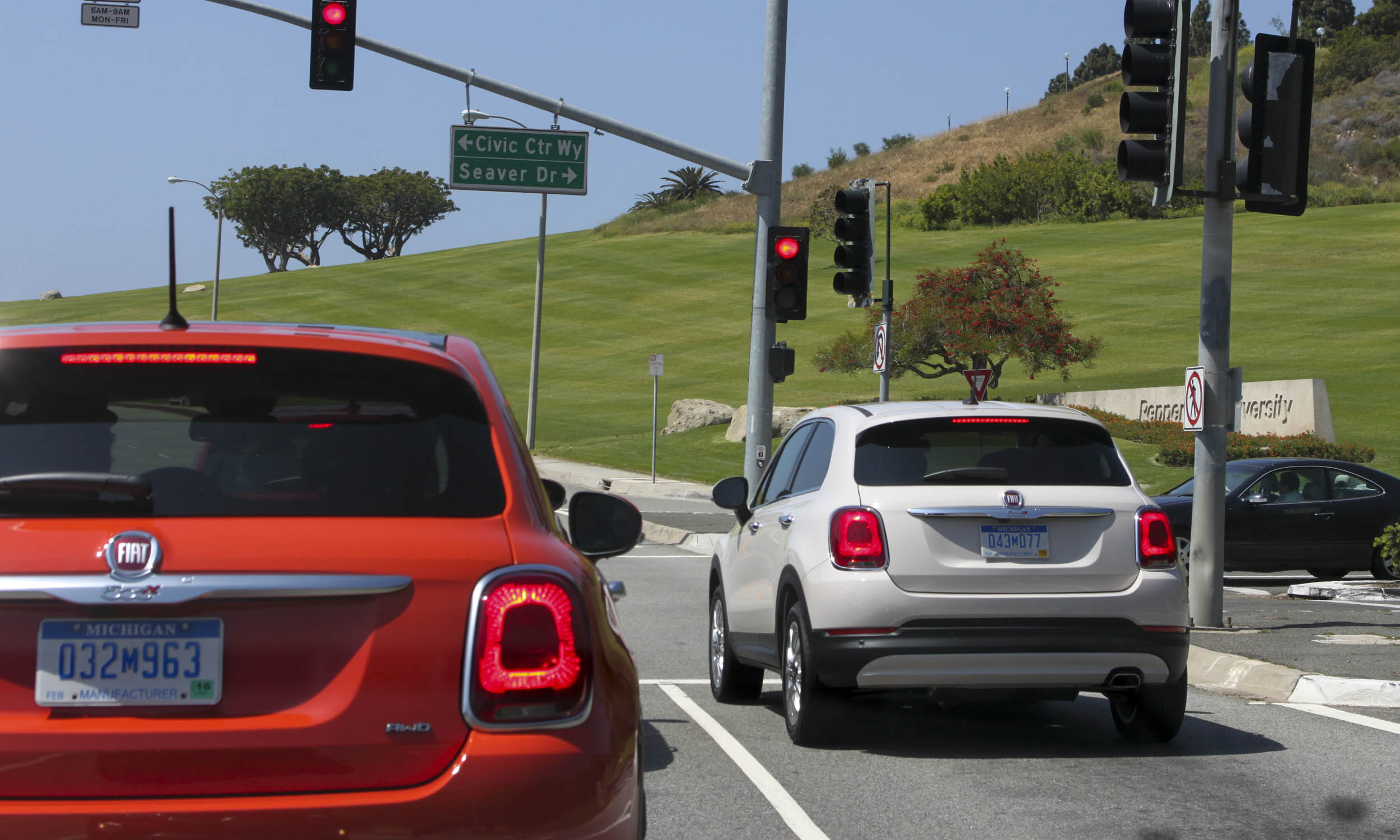
Are you one of those people who sees every red light as a signal that a race is about to begin? The light turns green and you put your foot to the floor to beat the car next to you off the line. Although pretending you’re a racecar driver can be fun, as those revs ramp up your gas gauge is quickly going the other way. Instead, be light and smooth on the accelerator and you will quickly see positive results in fuel mileage. There’s also a lot less wear and tear on your car and tires when you take it easy on the throttle.
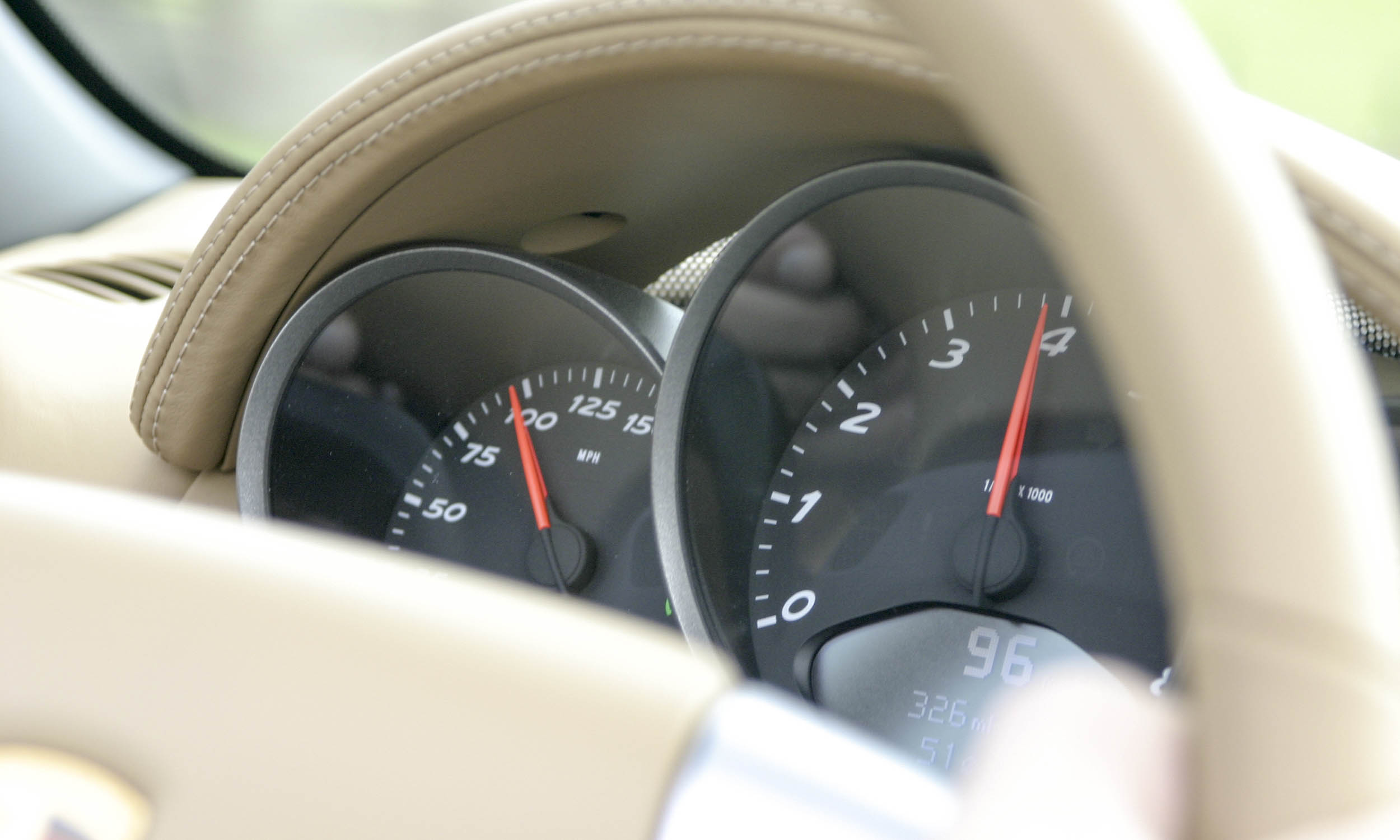
A typical speedometer will indicate that the vehicle can go 120 mph —or more — and most modern cars are fully capable of going well beyond most posted speed limits. Not only will that practice get you an expensive speeding ticket or worse (a big repair bill, an extensive hospital stay, or a lavish lawsuit), it will also make your car guzzle gas like it’s going out of style. As your speed increases over 50 mph, your fuel economy rapidly decreases. This is especially true with many of today’s smaller, fuel-efficient engines — with less power they have to work much harder as speed increases. Stick to the posted speed and you’ll make it a lot farther before you need to stop for a fill-up.

Most modern cars go through considerable wind-tunnel testing to make them as aerodynamic as possible, which improves efficiency and performance. When you put a large rack or cargo box on the roof, all of that wind-tunnel work gets blown away. The DOE estimates that a roof-mounted cargo box can decrease fuel economy as much as 25 percent at highway speeds. Skis, boats, bikes or other equipment carried topside have similar results. Granted, there are times when you legitimately need to carry these items, but remove them when they‘re not needed. Whenever possible use a rear-mounted carrier, or pack your gear inside.
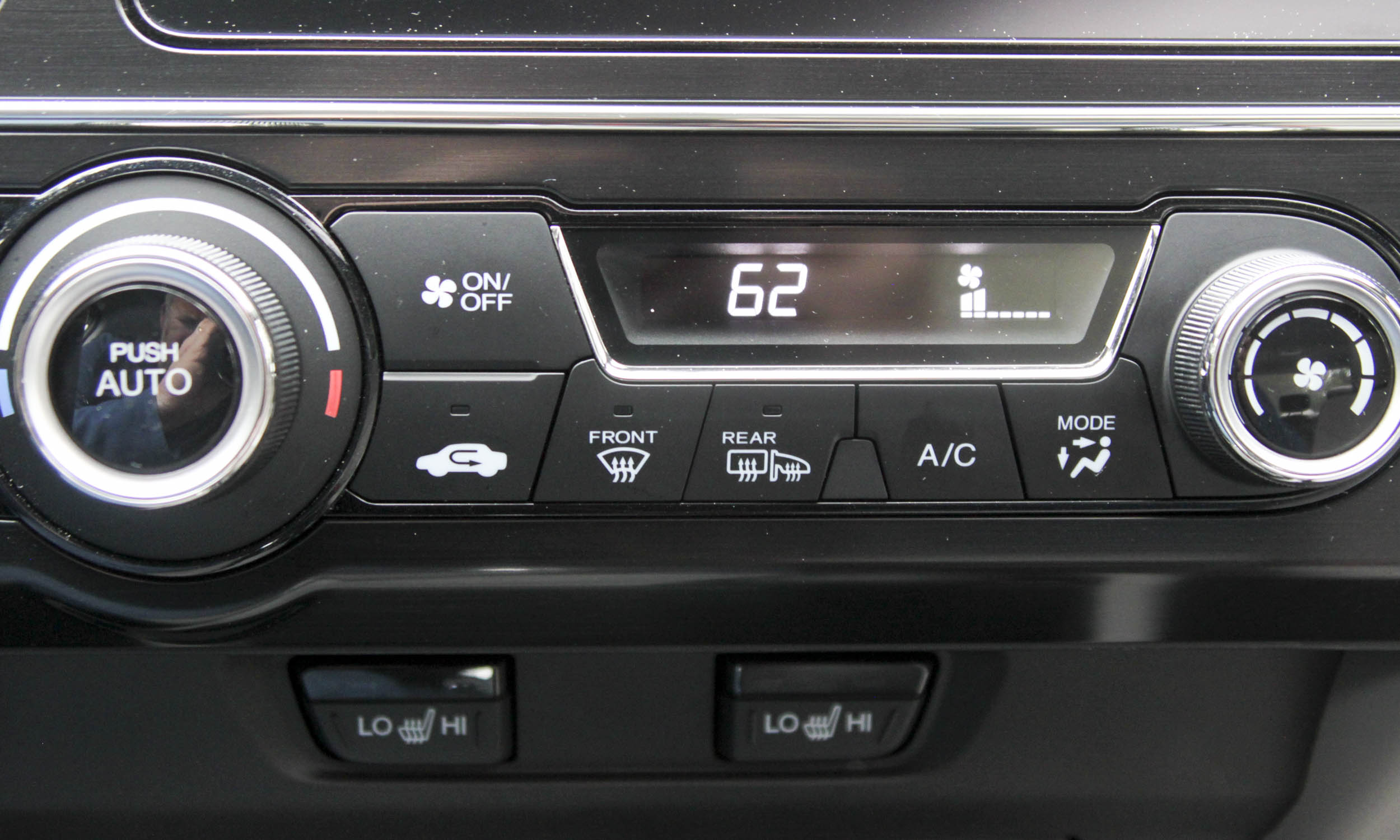
Everyone wants to be comfortable in their car, and when it gets too hot, the answer is to either roll down the windows (in most cars, of course, “roll down” means push the button) or turn on the air-conditioning. At slower speed when driving around town, lowering the windows makes the most sense. Air-conditioning puts a load on the engine and will definitely reduce fuel economy. However, at highway speeds lowered windows add considerable drag on your car, which in turn reduces fuel economy. So if you’re going to be on the freeway, raise the windows and turn on the AC — there will still be a drop in fuel economy, but this is the lesser of the two options. Or you can go with option three (AC off, windows up), but we really don’t recommend that during the dog days of summer.
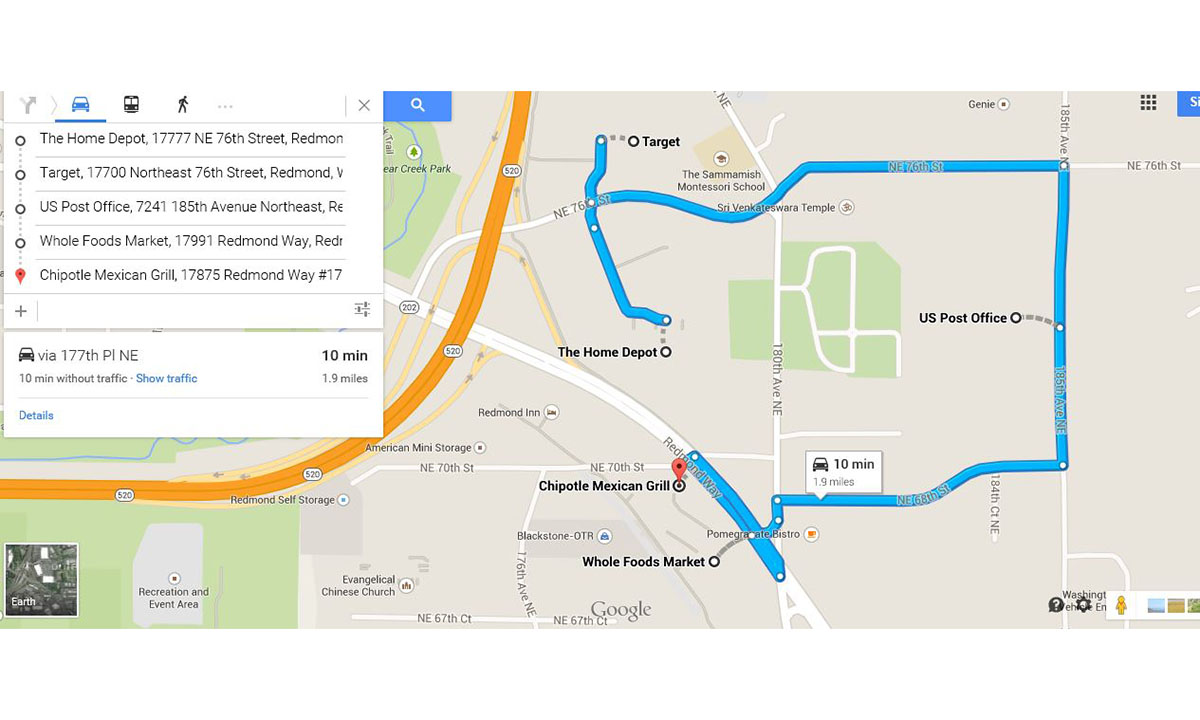
If you have a number of places to go, make a plan to cover them all in one outing. Shorter trips with a number of cold starts will use much more fuel than if the engine only has one cold start and stays warm for the rest of your drive. It’s also beneficial to plan your route to reach all your destinations with the shortest driving time. Be sure you choose the right time to go, if you can — avoiding rush hour will reduce your stop-and-go driving, improving both your fuel economy and your mood.
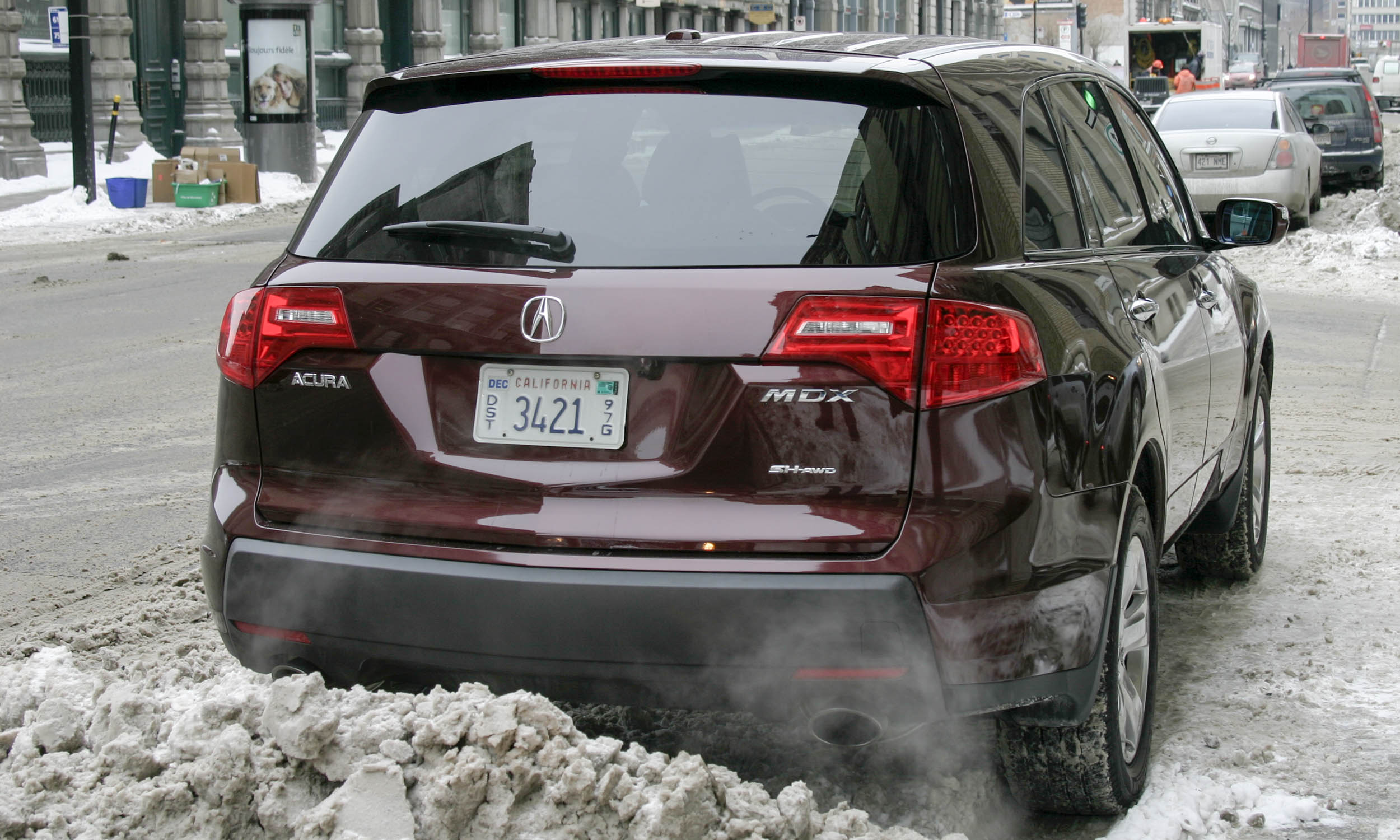
Sitting in your car with the engine running is quite inefficient — that’s obvious. When you’re not moving, you’re getting zero miles per gallon. According to the DOE, you can use a quarter to a half gallon of gasoline per hour while idling — possibly more depending on engine size and if your air-conditioner is running. This is why many newer cars shut themselves off automatically when you brake to a stop, restarting automatically when you release the brake. If you’re going to be waiting in your car for a while, shut it off. It doesn’t take much fuel to restart it, and you’ll be saving gas and money, as well as being good to the environment.
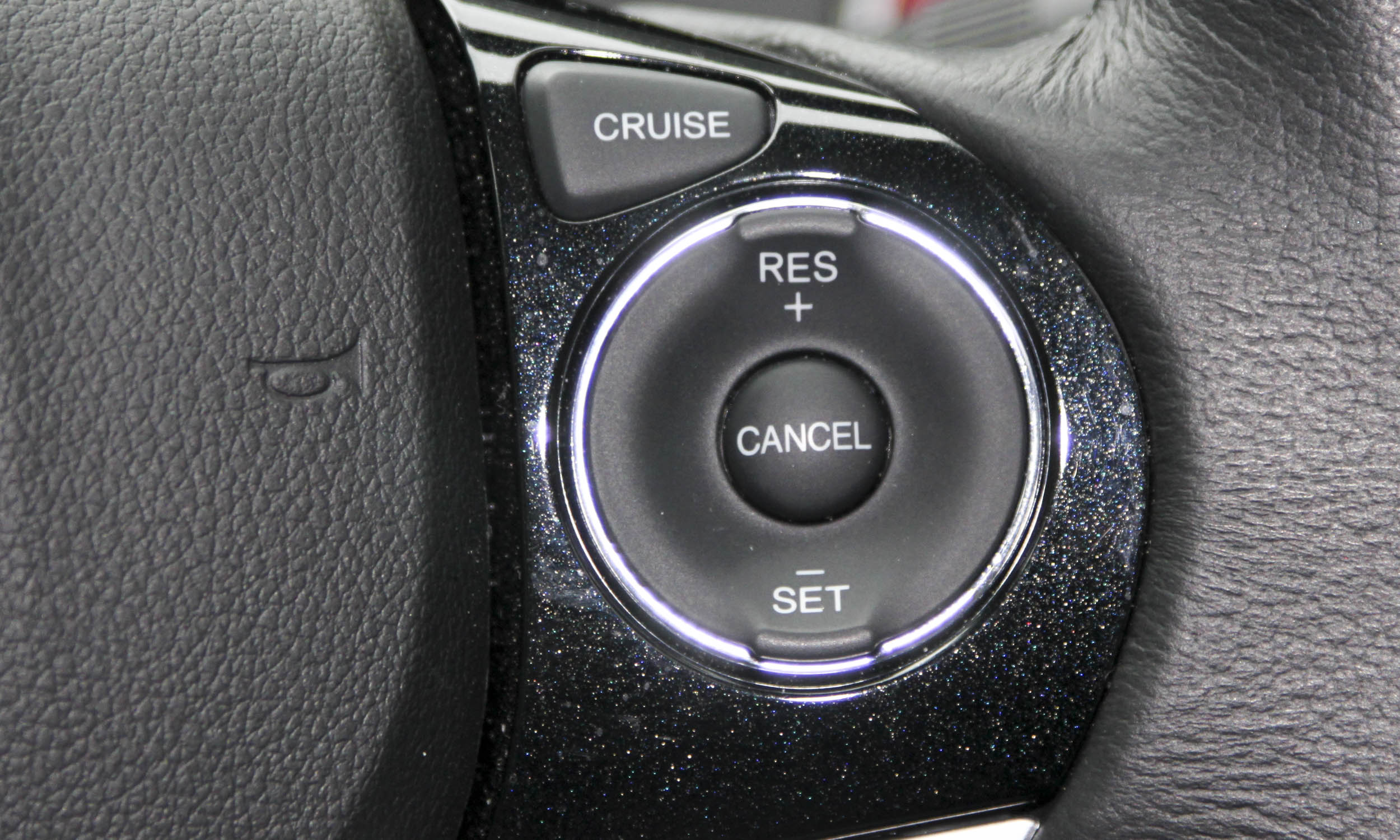
Keeping a steady speed on the highway can go a long way to improving fuel economy, and using cruise control is the easiest way to do that. However, this method only works when the road is relatively flat —cruise control will try to keep a vehicle’s speed constant even when climbing hills or mountain roads, which makes the engine work harder, thus burning more fuel.
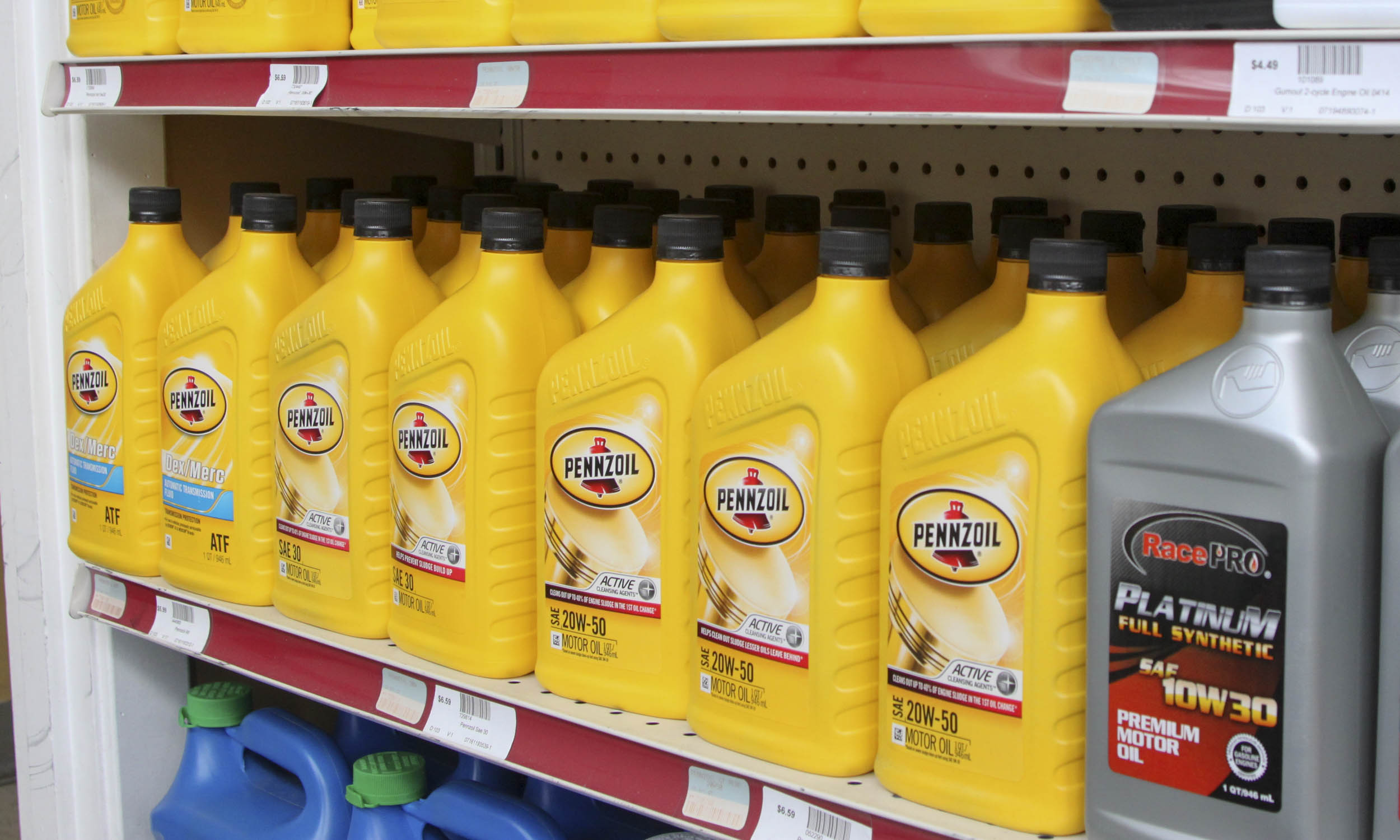
Most people don’t specify a type of oil when getting their oil changed, but this too can affect your fuel mileage. Look in the owner’s manual to see what grade of motor oil your vehicle’s manufacturer recommends for your car — using the correct oil can improve fuel economy up to 2 percent.
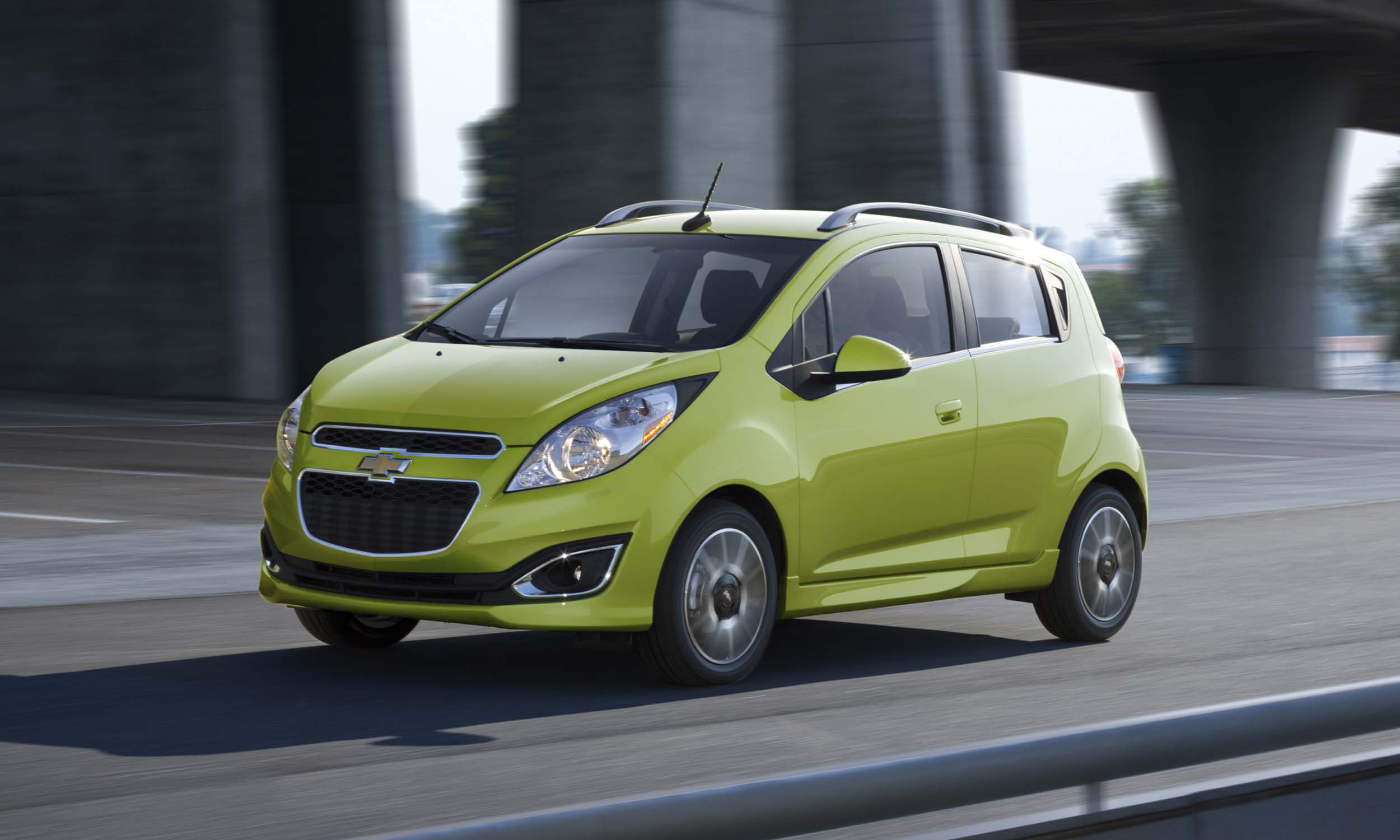
Clearly this isn’t an option for everyone, but cars today are among the most fuel-efficient ever produced, so if you are in the market for something new this is your chance to make a difference. If you can increase your fuel economy from 15 mpg to 30 mpg, based on $3 per gallon and 15,000 miles of driving per year, that’s a $1,500 savings each year — enough coin for quite a few lattes. Added bonus: odds are the new car will be running much cleaner than your current ride.
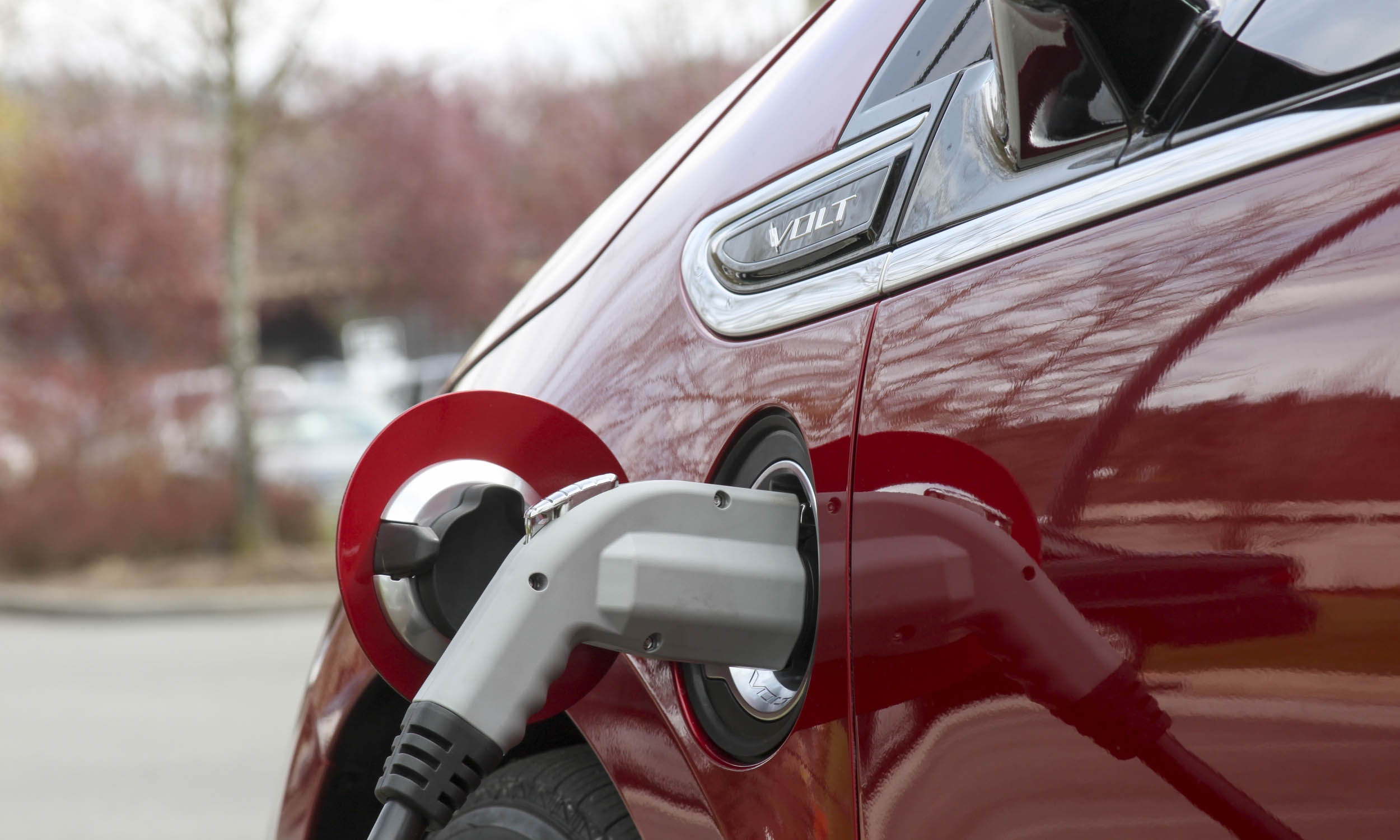
Even if you have already made the jump into a very efficient vehicle, there are still ways to improve your mileage. Avoiding hard braking will make better use of the regenerative braking system, putting more energy back into the batteries — for free. Any vehicle that you can plug in should be plugged in whenever you have the chance — especially true for plug-in hybrids, since the more charge you have, the less often the internal combustion engine will need to run. Most of these vehicles have indicators to tell drivers how to drive more efficiently. Listen to your car — it knows what it’s doing.
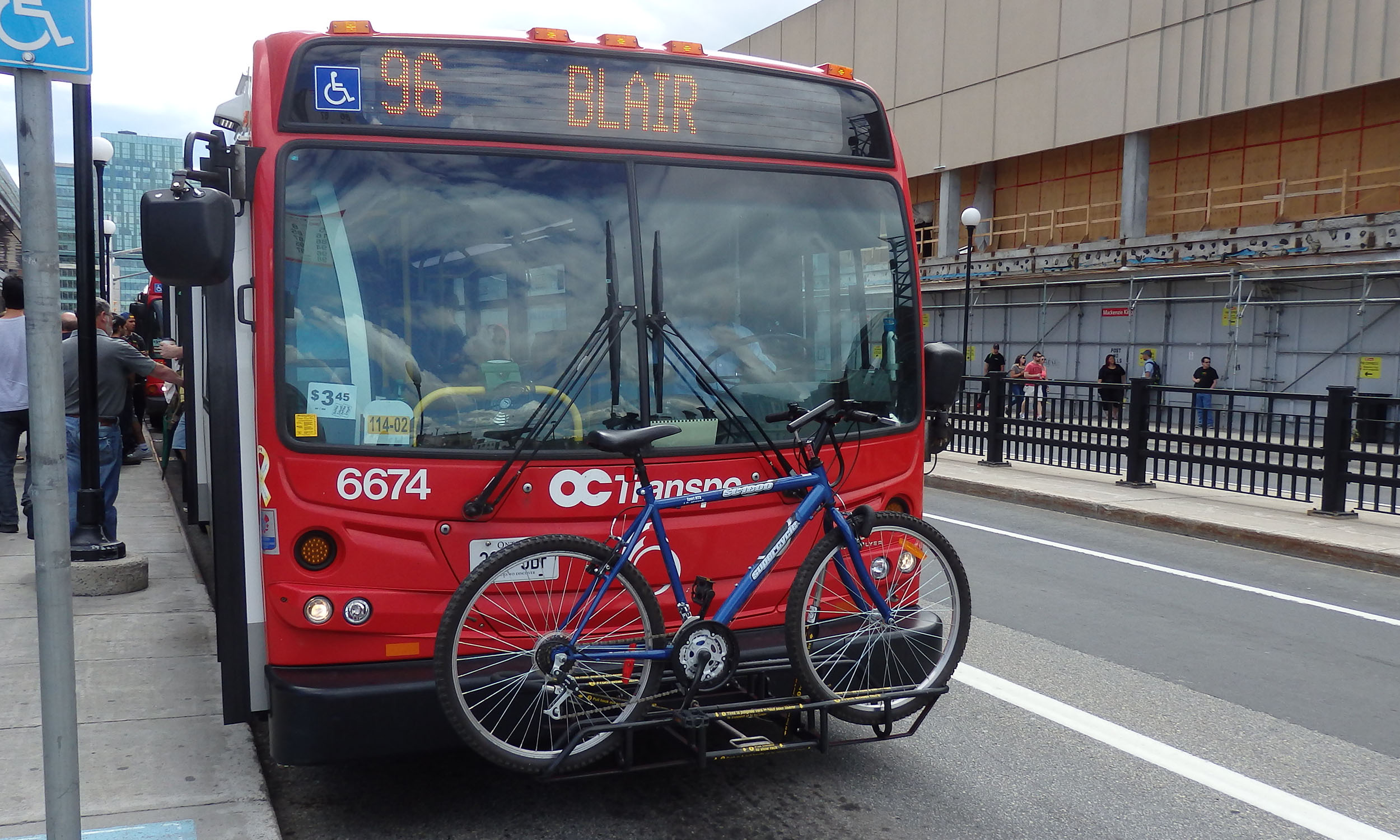
Okay, okay, so we’re being Captain Obvious. And Americans love their cars, so this may be the most difficult fuel-saving tip to follow: Leave your car at home. Take a bus, ride your bike, carpool to work (with this option you still get to drive, sometimes) or if the distance is short enough (or you’re in really good shape) you can simply walk. It may be a no-brainer, but the less you use your car, the less fuel it will use.








